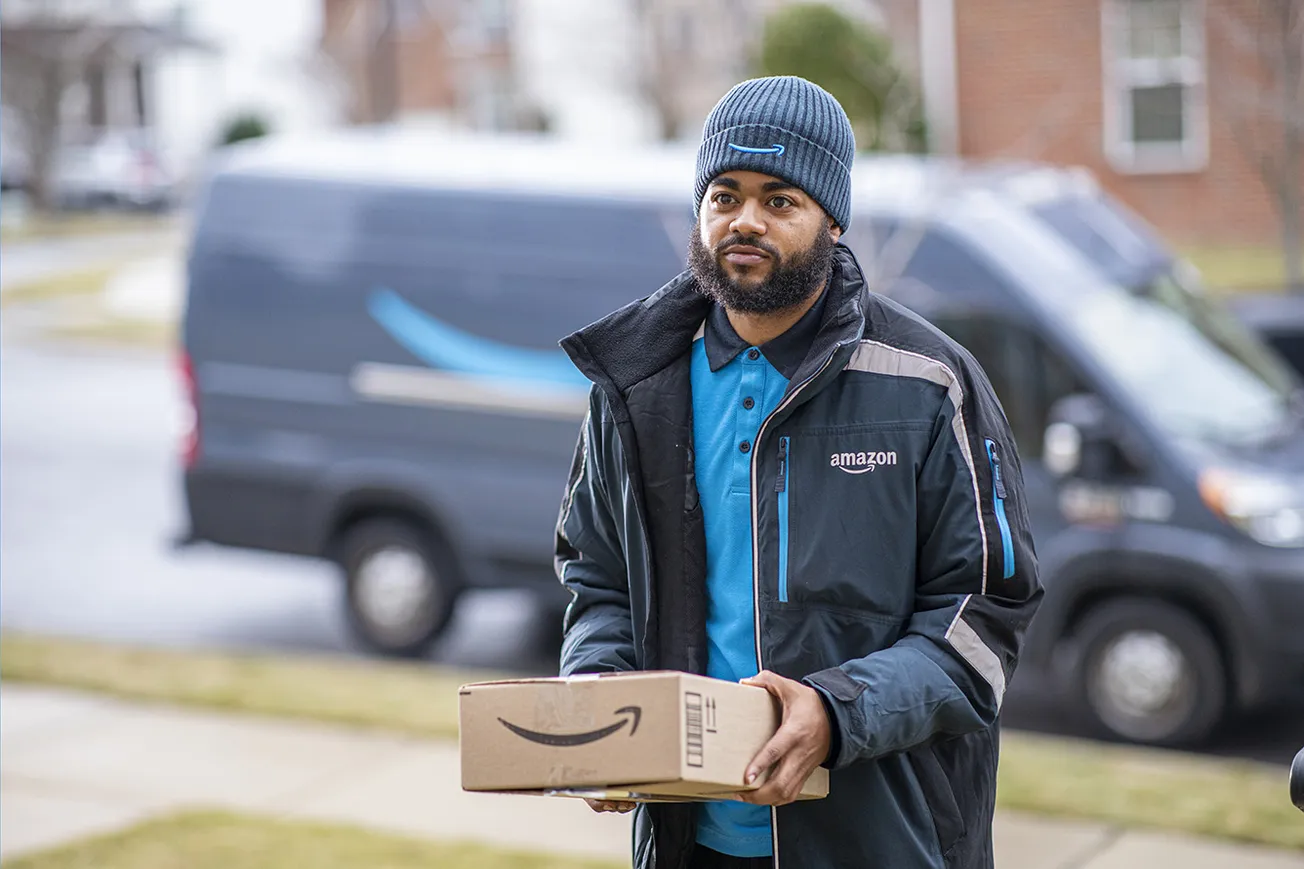LAS VEGAS, Nev. – Market Basket is rated the top U.S. grocer in terms of gaining customers as consumer prices rise, according to a special edition of the Retailer Preference Index (RPI) from dunnhumby, a provider of customer data and analysis.
Market Basket topped all 69 retailers in the Inflation RPI rankings, ahead of household discounter names like Aldi, Dollar General and Walmart.
Market Basket ranked first in dunnhumby’s “save me money” pillar, and is the only retailer in the United States rated in the top five in both base price perception and mass promotions perceptions, according to dunnhumby.
“Market Basket has shown itself to be the best performing retailer in these times of economic uncertainty by being the best in the country at saving customers money while simultaneously building stronger emotional connections with their shoppers and thereby increasing their shopper visits faster than most other retailers,” says Grant Steadman, president of North America for dunnhumby. “Retailers who are focusing their customer value proposition on saving customers money are best positioned to meet the challenges of this prolonged period of inflation and economic uncertainty.”
Rounding out the index’s top 10 are Aldi, Winco, Grocery Outlet, Save A Lot, Lidl, Dollar General, Food4Less, Family Dollar and military commissaries.
Among key findings:
- The “save me money” customer driver is five times more important than the next-most important drivers, “save me time”and “make it better.” However, for driving long-term results, saving customers’ money is only one and a half times more important than delivering high quality.
- Base price followers have no room for error.But these retailers can minimize the damage and potentially even strengthen emotional bonds with customers by keeping base price gaps close while using best practices in orchestrating execution of mass promotions, communications, personalization, and private brand. Kroger, Food Lion, BJs Wholesale and ShopRite are examples of retailers who have customer value propositions that stand up best to base price leaders during inflationary times.
- Inflationary times are a big headwind for premium specialty retailers, which are not well positioned for inflationary times since they are too far behind most of the market in “save me money”perceptions. These retailers are also behind the market in visit growth during 2022.
- Conversely, during periods of economic stability the retailers at the top of the RPI have a highly vulnerable proposition for the long term due to quality weaknesses. They are also vulnerable due to much higher cross-shop with each other and other inflation-ready retailers like Walmart. For example, 81% of Dollar General shoppers cross-shop Walmart, and 38% cross-shop Family Dollar.
- Inflationary winds have also taken some of the wind out of club channel sales.Club channel retailers are underperforming the market in terms of visit growth in 2022. According to Placer.ai, the club channel grew at -1.9% in the first half of 2022 compared to the first half of 2021, slower than any other channel. This is notable because the club channel tends to be the channel that is best positioned for success over the long term. The current club channel difficulties reflect misalignment with shoppers’ behavior shifting toward spreading their spending out over more visits with smaller baskets. Additionally, lower income shoppers are more likely to shift toward smaller pack sizes during inflationary times.
The overall RPI rankings are the result of a consumer survey-informed statistical model that predicts how retailers execute on the customer needs that matter most for driving performance and emotional bonds with shoppers. As part of this study, two online surveys, one in October 2021, just as inflation was beginning to heat up, and a second survey in May-June of 2022, were conducted surveying 18,000 grocery shoppers, and then dunnhumby modeled how differences in shoppers’ perceptions impacted foot traffic and web traffic growth during 2022, as well as emotional connections with shoppers.










